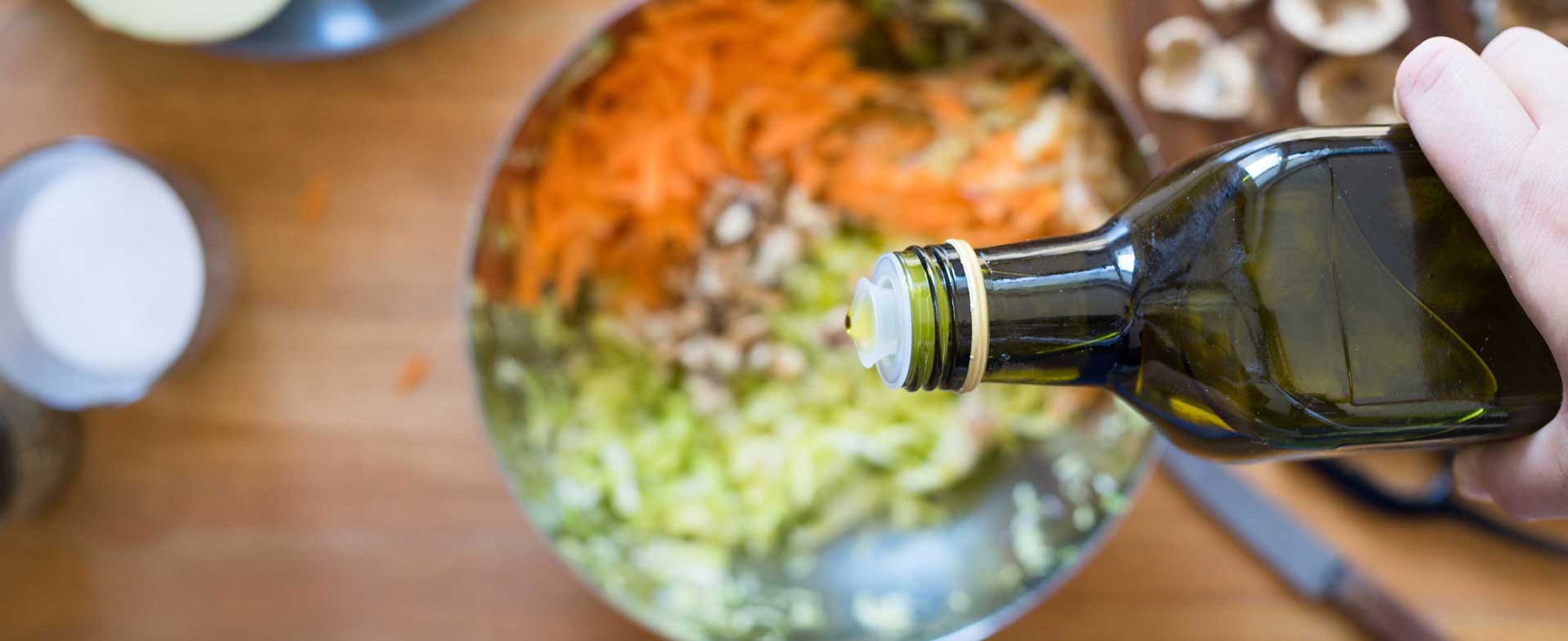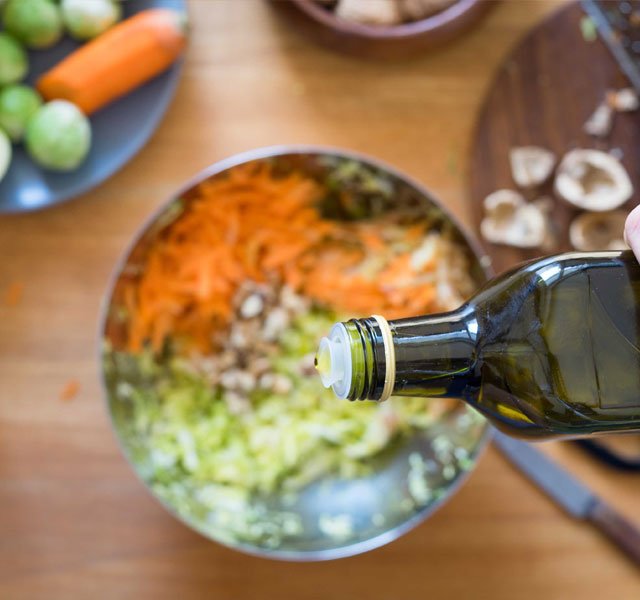Not long ago, Americans demonized dietary fat. Members of the news media, health and fitness enthusiasts, and even qualified health professionals blamed fat for America’s obesity epidemic and skyrocketing rates of heart disease, cancer and stroke. The argument against dietary fat was so pervasive, manufacturers began reformulating their products without the important macronutrient. Fat-free and low-fat became the buzzwords of food advertising.
Now the pendulum has swung in the opposite direction: Today, a growing number of Americans not only accept fat in their diets, but many are even following regimens like the ketogenic diet that are up to 80 percent fat.
How can the two warring theories coexist? Which one is correct? As with all things, it’s all about striking a balance.
Dietary Fat 101
Dietary fat is essential. It supports cell growth and renewal. It protects your organs and keeps your body warm. It helps your body absorb nutrients, including vitamins A, D, E and K. And it plays a role in hormone production, to say nothing of its ability to help you feel full.
Consume too little dietary fat and you will have trouble getting essential nutrients, which can increase your risk for heart disease and damage cell membranes and cell function. It can even alter your DNA.
At the same time, dietary fat still remains a factor in the development of heart disease and research suggests it may also play a role in the onset of other chronic diseases, including cancer and diabetes. The key lies in the fact that all fats are not created equal.
Sorting the Good Fats from the Bad Fats
The chemical structure of fat – such as whether it’s “saturated” with hydrogen or not – has dramatic effects on our health. In general, fats that are solid at room temperature (like butter or lard) are bad for you while those that are liquid (like olive oil) boast certain health benefits.
The Good – Good fats include polyunsaturated and monounsaturated fats. Research suggests these fats help lower cholesterol levels and prevent chronic diseases including heart disease and dementia. Monounsaturated fats found in olive oil, avocados and canola oil help boost HDL (good) cholesterol while polyunsaturated fats, found in corn, canola and sunflower seed oils, lower total and LDL (bad) cholesterol.
The Very Good – The most healthful polyunsaturated fats – and the ones that get the most media attention – are omega-3 fats. These heart-healthy fats, found in fatty fish (salmon, mackerel and sardines), walnuts and flaxseeds help reduce plaque buildup on artery walls and help reduce inflammation.
The Bad – For decades, scientists have known that saturated fats lead to clogged arteries and research continues to implicate saturated fat in diseases ranging from cancer to diabetes. These harmful fats increase cholesterol levels and deposit harmful plaque inside your blood vessels. Animal foods are the most prominent source of saturated fat in the diet, but it also crops up in processed foods and snacks in the form of coconut, palm and palm kernel oils.
The Unknown – When researchers determined that saturated fat was bad for human health, scientists worked to find an alternative in foods for saturated fat by developing a process called “partially hydrogenated,” which transformed healthy oils into solids.
Unfortunately, it was discovered that this process produced a fat that’s even more damaging than saturated fat. These manmade trans fats not only increased bad LDL cholesterol, but they also lowered good HDL cholesterol, increasing your risk for heart disease and stroke. What’s worse? Trans fats have been linked to increased inflammation, which can put you at risk for a variety of health conditions including cancer, arthritis and dementia.
Because of this, the Food and Drug Administration (FDA) removed partially-hydrogenated fats from the Generally Recognized as Safe (GRAS) list and gave food manufacturers three years to get them out of foods. As of June 18, 2018, you will no longer find partially-hydrogenated fats in the list of ingredients. However, you may find fully hydrogenated fats. Many food manufacturers are blending fully hydrogenated fats with liquid oils through a process called interesterification. This does not create a disease-causing “trans” fat, but more research needs to be done to determine if there is any negative impact to health.
Two ways to identify if a food is high in fat is if it feels smooth and creamy in your mouth – like ice cream or peanut butter; or if it leaves oil or grease on your fingers or napkin – like French fries or pizza. Fat comes from both plant and animal foods. Animal foods tend to be high in saturated fats while plant foods are higher in mono- and polyunsaturated fats. But most foods provide a mix of different kinds of fat.
When in doubt, focus on getting your fats mostly from plant sources. And remember that regardless of whether you’re eating good, very good or bad fat, all fat provides 9 calories per gram. If you eat too much, the excess will inevitably cause problems.
To make an appointment with a Henry Ford doctor or dietitian to discussion nutrition and your health, visit henryford.com or call 1-800-HENRYFORD (436-7936).



